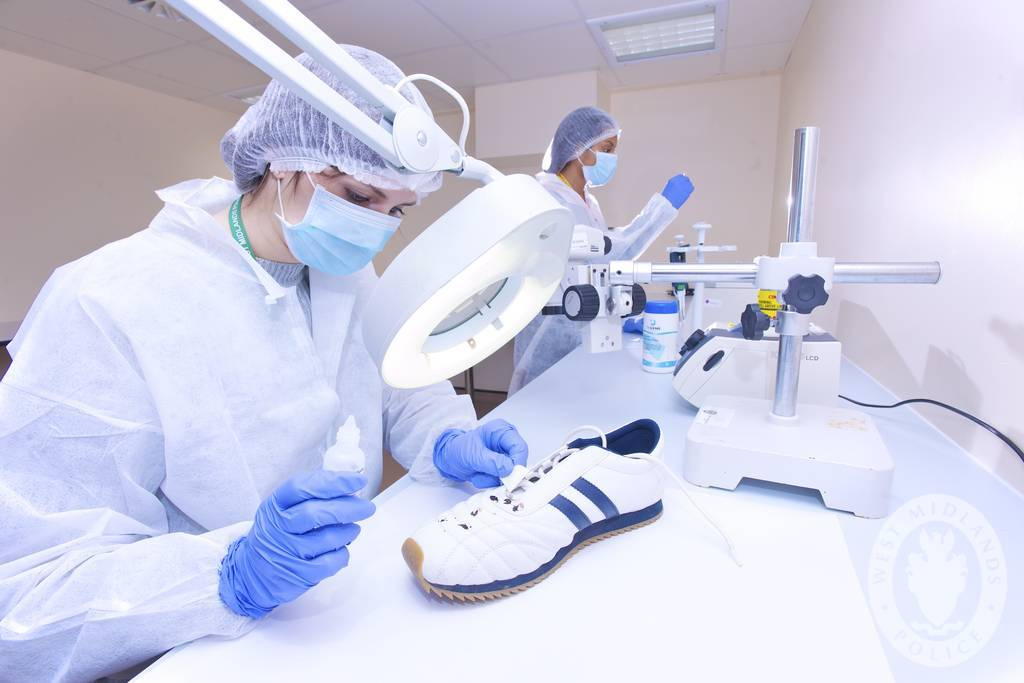

Their findings help to convict the guilty and exonerate the innocent.Īs innovation in science and technology continues, the scope and capabilities of forensic professionals grow in tandem. Forensic professionals study ballistics, toxicology, questionable documents, fingerprints, DNA, and trace evidence. They must reconstruct an event after the fact, through the study of biology, chemistry, and technology. That’s the current focus of my research.Those who practice forensics are essentially scientific detectives. Imagine how excited I was to learn that I was going to be so close to the kind of work I saw on TV! Soon after I started getting familiar with various tools in the lab, I was using CFTT’s methodology to test general computer forensics tools and mobile forensics tools. Don’t get me wrong, I like to watch shows such as CSI: Miami, CSI: NY and CSI: Cyber, but have you ever wondered how much of these shows is accurate? Is it really that “easy” to solve crimes, especially ones that involve digital evidence?Ī few years after I started working at the National Institute of Standards and Technology (NIST), I joined the Computer Forensics Tool Testing (CFTT) program. On TV, computer experts swoop in and almost magically retrieve all sorts of incriminating data from the devices, often in less than an hour. To try to get away with their crimes, lawbreakers sometimes attempt to destroy their phones and the evidence they contain. In support of this project, NIST has established the Cloud Computing Forensic Science Public Working Group to perform research and identify gaps in technology, standards and measurements to address various challenges in cloud forensics and to develop a cloud forensics reference architecture.Įveryone has a phone these days, even the bad guys. The NIST Cloud Computing Forensic Science Program aims to improve the accuracy, reliability, scientific validity, and usefulness of cloud forensic science.This work is aimed at advancing measurement science, evaluation methodologies, best practices, image quality metrics, interoperability, and biometric standards. NIST is working on multiple projects involving image-based biometric recognition that have forensic applications, with a particular focus on fingerprint, face, iris, and tattoo recognition.Current project areas include detection of events in surveillance video, detection of events in internet video, and detection and understanding of images that have been altered from their original state. NIST has multiple projects aimed at advancing video technologies that have forensic applications.The results help toolmakers to improve their products, allows users to make informed choices about which tools to use, and provides information to all interested parties on the capabilities of various computer tools used in forensic investigations.

#Digital forensic research lab software#
The Computer Forensic Tool Testing program establishes a methodology for testing computer forensic software tools by developing general tool specifications, test procedures, test criteria, test sets, and test hardware. There is a critical need in the law enforcement community to ensure the reliability of computer forensic tools.This reduces the effort required to determine which files are important as evidence and which are not. When a law enforcement organization seizes a computer or mobile device as part of a criminal investigation, they can use the RDS to quickly identify the known files on that device.
#Digital forensic research lab archive#
We generate digital signatures from all files in that archive and release them in a quarterly Reference Data Set (RDS).




 0 kommentar(er)
0 kommentar(er)
